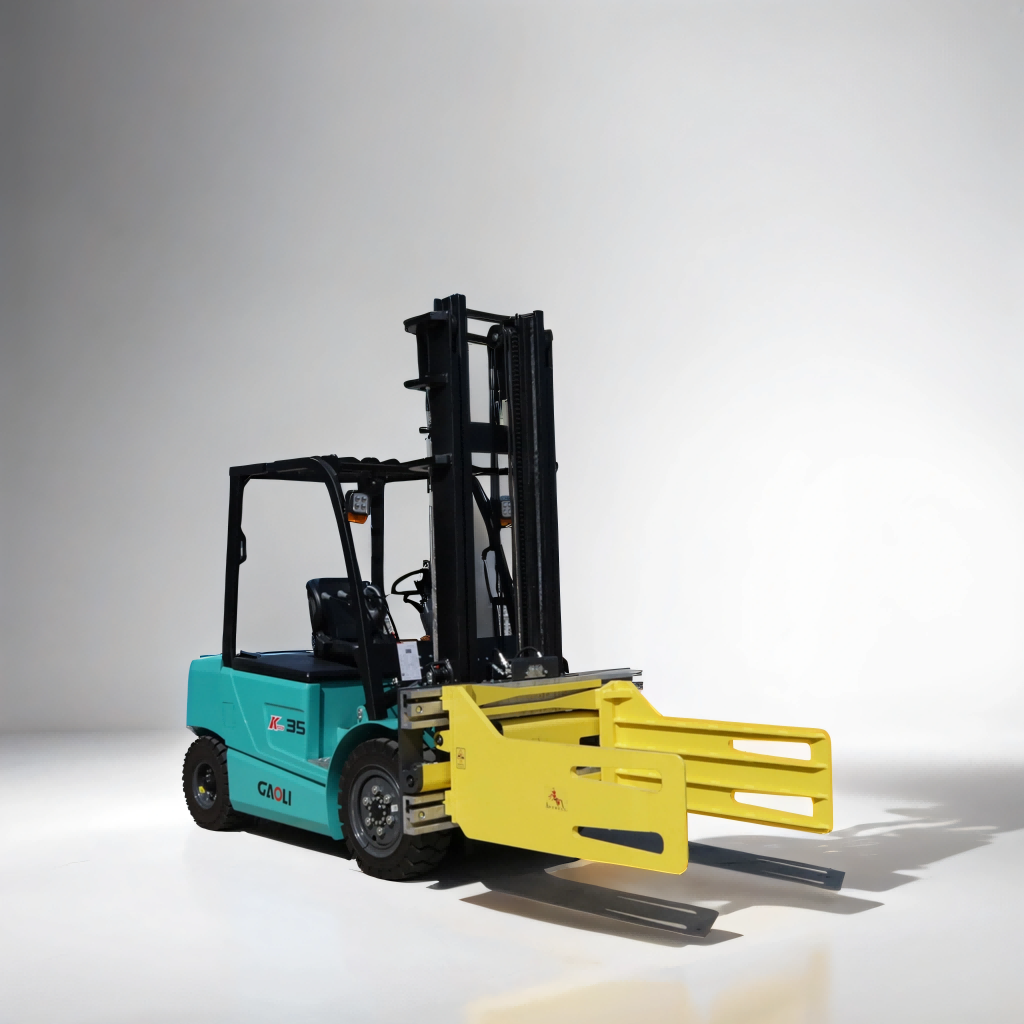Introduction
Acting as the heartbeat of a modern supply chain, warehouse.It’s In this engine room of the station, sits these quiet beasts — robust heavy duty lift trucks. · They work tirelessly and round-the-clock to ensure those pallets are lifted with precision or moved securely from one place to another so they can be stacked somewhere else deep inside a logistics warehouse in no time but without any drama! The main features of these remarkable machines are they provide enough power and flexibility that even heavier items can be handled with no complexity making them the spine to modern warehousing. Heavy duty lift trucks are the topic of this article which examines how and where they can be used, as well as what benefits they provide warehouses.
Heavy Duty Lift Trucks Explained
They have capacities far greater than standard lift trucks, and are built specifically to tackle the most rugged duties in warehousing. The 9350 series is designed to withstand tough conditions, carry heavy payloads and feature a sophisticated control system for accurate maneuverability in more confined spaces. Some of the types such as counterbalance, reach and telescopic forklifts are heavy duty lift trucks that cater to vary lifting and storage needs.
What are Heavy Duty Lift Trucks? Key Characteristics
Heavy duty lift trucks are custom fit to the specific needs and requirements of warehousing such as:
High Lift Capacity: You can move an entire vanilla pallet or large bulky product with a suitable lift truck.
Reinforced Structures: Manufactured to withstand heavy-duty wear and tear, they come equipped with stronger frames that keep them steady when in use.
Advanced Control Systems: With sophisticated controls, operators can move the trucks with accuracy that helps to avoid crashes and damage.
Custom Attachments: These trucks can be fitted with various mechanical attachments, including clamps and rotors to accommodate specific lifting requirements.
Warehouse Application for Heavy Duty Lift Trucks
Warehousing applications are exactly where heavy duty lift trucks come into play here!
Loading and Unloading: They safely unload heavy goods from trucks or containers, speeding up reception/ shipping procedures.
Storage and Retrieval — They are mainly used in high-bay warehouse, which provides equipment for Products at an elevated location safely loading or unloading.
Movement of Palletized Goods: They will be moving the pallets of goods inside and around the warehouse, supporting material flow in facility.
Cross-Docking Operations: Big Lift Trucks support fast-moving product through the centre to shelf in cross-docking operations; Just-In-Time inventory management.
Benefits of Heavy Duty Lift Trucks
Heavy duty lift trucks provide a slew of advantages in warehousing.
Enhanced Productivity: Lift trucks make lifting operations faster and safer, which does improve the productivity levels.
Enhanced Safety: Modern safety enhancing features such as mast rollback systems and load backrests minimize workplace incidents.
Cost Savings: Heavy duty lift trucks help to reduce manual handling, so there will be no a need for extra people carrying and lifting things which eliminates labor costs or reduces the risk of injury.
Versatile : These trucks have the capacity to manage a variety of weights and sizes making them versatile works.
Challenges and Considerations
Though the above benefits are significant, using heavy duty lift trucks in your operation also comes with potential challenges.
Operator Training: Proper training and certification of operators is a key element to safe and efficient operation.
Maintenance Regular maintenance is necessary to keep these trucks in top performance and avoid breakdowns.
A caveat with respect to layout planning is that larger lift trucks require more room for maneuvering in a facility.
Compliance: it is important to be compliant with industry safety standards and regulations are good practices for maintaining an environment that is safe to work in.
Integration with Current Technologies
Modern technologies are playing a big part in upping the capabilities of heavy duty lift trucks:
Telematics: Provides real-time remote monitoring and diagnostics, enhancing operational visibility and enabling predictive maintenance.
Eco-friendly: With lesser emissions than petrol or diesel models, electric forklifts also feature energy-efficient design that keeps operating costs to a minimum.
Warehouse Management Systems: Integrated with WMS software which ensures lifting and storage operations are optimized, thereby enhancing productivity.
Automation: One untapped opportunity to raise efficiency is automated and robotic lift trucks, which are increasingly being used.
Command The Future Of Heavy- Duty Lift Trucks
Heavy duty lift trucks are going to be smarter and more economical in the future. The emergence of Industry 4.0 and its implementation in the manufacturing, as well as warehousing industries are presumed have a significant impact on equipment development undertaken by material handling companies since it will spur the innovation process for advanced tools to such use cases. The development and utilization of automation as well as intelligence in lifting equipment will help to improve the efficiency, accuracy even more definitely.
Conclusion
Heavy duty lift trucks are the workhorses of the warehousing space. These vehicles have to supply all muscle and flexibility necessary to complete anything that is asked from them. With reinforcement for heavy lifting, ease of navigation through tight spaces and compatibility with the tools of today, they are an essential part in any warehouse. Heavy duty lift trucks are here to stay and will continue to lead the way in material handling services across a range of industries adapting or re-thinking existing spaces. Warehouse operators keen on improving their operations, heavy duty lift trucks must feature in the picture as a window to embracing newer logistics at some point.


